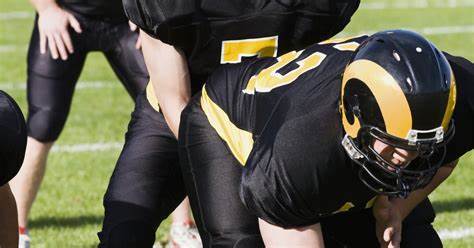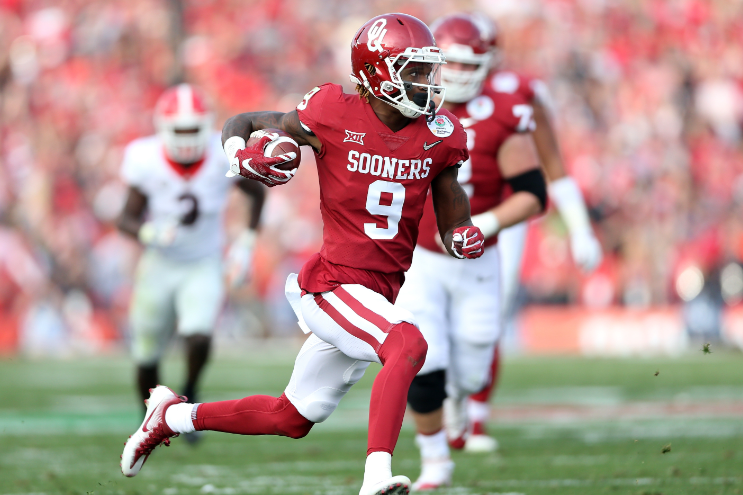Football, beyond its spectacle, is a demanding crucible that shapes athletes into paragons of physical prowess. This article delves into the intricate tapestry of physical effects that unfold on the football field, exploring the toll and triumph that coalesce in this grueling ballet.
Impact on Muscular System
The explosive sprints, abrupt stops, and relentless change of direction in football subject the muscular system to a symphony of stress. The constant contraction and extension demand a muscular fortitude that borders on the extraordinary. Players sculpt their bodies into dynamic instruments, finely tuned for the ceaseless demands of the game.
Skeletal Challenges
Bone-jarring tackles and aerial duels impose significant stresses on the skeletal framework. The collision of bodies and the absorption of impacts during high-flying headers contribute to the game’s toll on bones. Football players, akin to modern-day gladiators, navigate these skeletal challenges with resilience and strategic conditioning.
Cardiovascular Demands
Football is an aerobic and anaerobic chess match, seamlessly transitioning between sprints and strategic pacing. The cardiovascular demands are immense, requiring players to maintain peak fitness for the duration of the match. The heart becomes a metronome, dictating the rhythm of exertion and recovery.

Neurological Strain
The split-second decisions, spatial awareness, and anticipation place footballers in a perpetual mental calculus. The neurological strain is palpable, with players processing information rapidly while executing precise movements. The cognitive demands of football underscore the intricate interplay between brain and body.
Endurance Battleground
Football is not a sprint; it’s a relentless endurance battleground. The cumulative effect of constant movement, tactical adherence, and mental engagement pushes players to the brink. Endurance becomes a defining trait, where the ability to endure physical and mental fatigue distinguishes champions from contenders.
Recovery Rituals
In the aftermath of the physical maelstrom, recovery rituals become sacred. Ice baths, massage therapy, and specialized exercises are deployed to alleviate muscular soreness and accelerate recovery. The delicate balance of training and recovery is the alchemy that keeps players primed for the next physical duel.
Impact on Joints
The intricate footwork, abrupt turns, and pivots place joints under consistent duress. Footballers grapple with the wear and tear on joints, necessitating meticulous joint-strengthening exercises and injury prevention protocols. Joint health becomes a cornerstone in the longevity of a player’s career.
Physical Resilience and Adaptability
Football is a sport that demands not just physical prowess but resilience and adaptability. Players constantly adapt their bodies to the evolving demands of the game. From tactical shifts to rule changes, physical resilience and adaptability are prerequisites for thriving in the competitive arena.
Psychological Toll
Beyond the evident physical toll, football exacts a psychological toll. The pressure to perform, the scrutiny from fans and pundits, and the emotional highs and lows contribute to the psychological tapestry of the sport. Mental fortitude becomes as crucial as physical strength.
Conclusion
Football, with its balletic grace and brutal physicality, weaves a narrative of physical effects that shape athletes into titans. From the muscular sinews to the intricate dance of neurons, every aspect of the player’s being is tested. In this grand theater of power and precision, footballers emerge not just as athletes but as embodiments of physical resilience and artistry.




